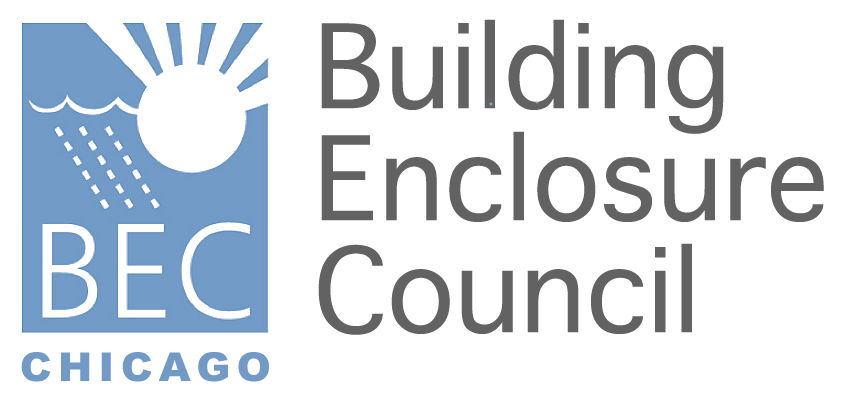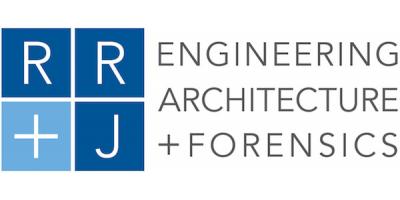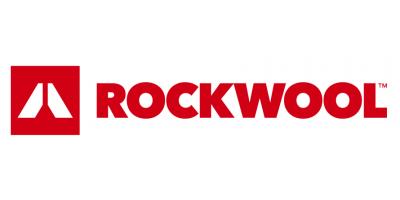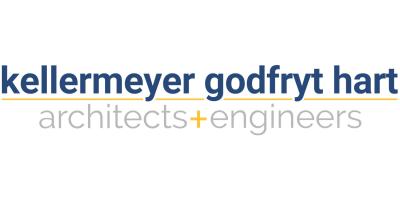| Location | Gensler's Office, 11 East Madison, Suite 300, Chicago |
Abstract Vacuum insulated glazing (VIG) is currently a topic of great interest due to its ability to provide excellent thermal performance whilst maintaining an ultra-thin form factor. However VIG itself is not a new technology and NSG has been successfully producing NSG Spacia™, the world’s first commercially produced vacuum glazing, since 1996. VIG offers the thermal performance of conventional double glazing in the same thickness as monolithic glass or can be incorporated into a triple glazed unit to improve performance further. This presentation will describe the principles behind VIG and some of the key elements to its manufacture, as well as detailing a number of glass and coating combinations that can be used. Some other benefits of VIG, such as its acoustic performance will be shown and a number of projects that have used VIG will be presented. The performance and potential of this exciting technology in improving the energy efficiency of windows will be described. At the end of this presentation, participants will be able to • Understand the principles behind vacuum glazing • Recognize the limiting optical and physical characteristics of the technology • Identify the key parameters in selecting VIG for a project • Select the appropriate VIG construction for high performance installations Biography: Neil McSporran Neil McSporran is Business Development Manager for Pilkington North America, in addition to having responsibility for the Architectural and Technical Services Department, where he works closely with architects, engineers and customers to ensure proper use of NSG’s products and technologies. Neil graduated in 2000 with a BSc (Hons) degree in Applied Chemistry followed in 2004 by a PhD in Plasma Enhanced Chemical Vapour Deposition, both from the University of Strathclyde, Glasgow. Following Postdoctoral work in Barcelona, Spain and Grenoble, France he joined NSG in 2006 as a research scientist at the European Technical Centre in the UK. In his roles there he worked on the development of novel glass compositions for the Automotive and Photovoltaic markets, the development of new Low-E and solar control products for the Architectural Market by sputter coating and on a variety of projects for the photovoltaic sector. In 2011 Neil took a commercial role as Sector Development Manager, providing recommendations on NSG's global strategy to new market sectors before joining the North American team in September 2012. Neil is a registered Chartered Engineer with the Institute of Engineering and Technology and has authored a number of academic papers and patents.






















